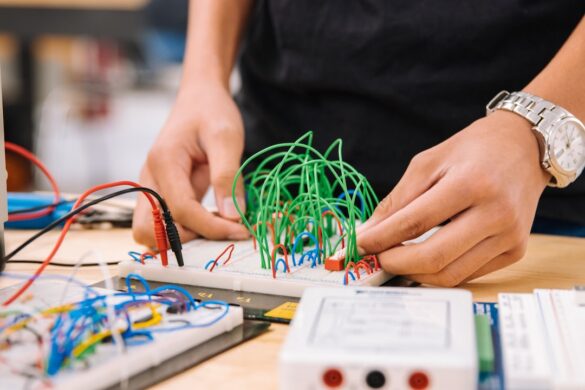The Role of Teachers in Promoting Inclusivity and Diversity in the Classroom
In a rapidly changing world, promoting inclusivity and diversity in the classroom has become more important than ever. Education is the key to breaking down barriers and creating a more inclusive society, and teachers play a critical role in fostering a safe and supportive learning environment for all students. By embracing diversity and teaching inclusively, educators can empower their students to celebrate their differences and contribute to a more tolerant and harmonious society.
One of the primary responsibilities of teachers is to create an inclusive classroom environment where every student feels valued, respected, and supported. This means recognizing and celebrating the unique qualities, abilities, and experiences that each student brings to the classroom. By doing so, teachers can help students understand that differences should be embraced and appreciated, rather than feared or excluded.
To promote inclusivity and diversity, teachers can incorporate a variety of strategies into their classroom practice. First and foremost, they can adopt a multicultural and inclusive curriculum that reflects the diversity of the students. This can involve using teaching materials, literature, and resources that represent various cultures, traditions, and perspectives. By exposing students to different cultural experiences, educators can broaden their perspectives and promote empathy and understanding.
Teachers should also encourage open and respectful communication among students. This can be achieved through activities that promote dialogue, collaboration, and critical thinking. By facilitating discussions on topics related to diversity, social justice, and equality, teachers can create a safe space for students to express their thoughts, ask questions, and learn from one another. Such conversations can help students develop their own opinions and beliefs while fostering empathy and understanding for others.
Furthermore, teachers can incorporate inclusive teaching methods that accommodate different learning styles and abilities. This can involve providing multiple ways for students to demonstrate their knowledge and skills, such as through projects, presentations, or group work. By offering a range of learning opportunities, educators can ensure that all students feel valued and capable of achieving academic success.
Teachers must also address any biases or discriminatory behavior that may arise in the classroom. By challenging stereotypes, prejudices, and discriminatory language or actions, educators can teach students to respect and value diversity. This can be achieved through open discussions, role-playing activities, and providing real-life examples that highlight the negative consequences of discrimination. By empowering students to stand up against prejudice and injustice, teachers can cultivate a generation of active global citizens who will work towards creating a more inclusive society.
In order to effectively promote inclusivity and diversity, teachers must also recognize their own biases and work towards overcoming them. Unconscious biases can inadvertently influence classroom dynamics and student experiences. Therefore, it is essential for educators to reflect on their own assumptions, prejudices, and privileges to create a fair and unbiased learning environment. This can be achieved through diversity and inclusivity training, as well as self-reflection and ongoing professional development.
Lastly, teachers should involve parents and the wider community in promoting inclusivity and diversity. By partnering with parents and recognizing their role as co-educators, teachers can ensure that children receive consistent messages at home and at school. Parental involvement can include discussions, workshops, and collaboration on projects that promote inclusivity and diversity. Additionally, teachers can engage with community organizations and resources to provide a more comprehensive and diverse learning experience for their students.
In conclusion, teachers have a significant role to play in promoting inclusivity and diversity in the classroom. By fostering a safe and supportive learning environment, incorporating inclusive strategies, challenging biases, and involving parents and the community, teachers can empower their students to embrace diversity and become active contributors to a more inclusive and tolerant society. Through the power of education, teachers can make a lasting impact on the lives of their students and pave the way for a brighter and more inclusive future.

